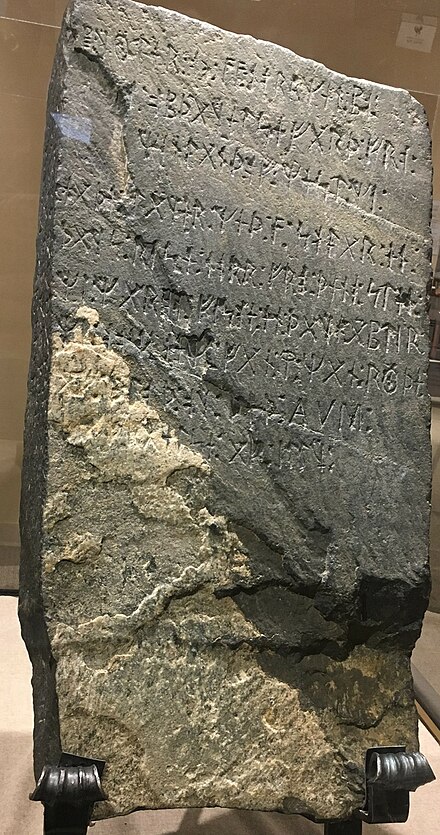I’ve been working on my final project for Adult Education…a video that reflects on my own learning and learning in general. I started, as I usually would, with about four pages of single spaced text. Something just felt wrong…too many words for a movie. So, the first step was to start thinking visually…what pictures and video clips was I going to use to tell the story of my learning this semester. How could they tell the story along with fewer words from me. I think I have accomplished that. Once I had the script, I could start collecting the materials which mostly consist of clips from films I’ve watched this semester. I took care of that on Thursday. And here’s the secret: with a clean script and all the materials in one place, putting the film together has gone relatively smoothly. I still have a ways to go, but writing and editing the script and thinking about the clips as I captured them really put the film in my head before I ever opened Final Cut Pro. It’s funny in a way because it is very similar to the process I use for writing. I read, I jot notes, I blog a bit, I start constructing sentences in my head, so that by the time I get to the actual writing, the paper is almost done. The biggest difference here is that I started putting the visuals together in my head.
My only concern is that I am using single, lengthy clips from the films rather than several shorter pieces. It seems to work but it isn’t typical from what I’ve seen. I would like to do one sequence of short, quick shots. I’ve seen that in some movies and it looks cool. I dropped in a quote from Knowles at the beginning and I’ve got a great one from Eartha Kitt for the end but dropped the idea of splicing in quotes throughout the film. I may go back to that but for now I like the transitions between sections.
As with each project I’ve done, I’m experimenting…in this case, it’s using music or the soundtrack of the films along with a voice over. I may need to redo the voice overs at the end and figure out how to make the films quieter when I’m talking but for a first step, it’s not too bad. All in all, it’s been a productive film day.
And I keep learning:
1. After spending about an hour trying to copy the captured clips from the computer in the media center to my hard drive, I discovered that because my hard drive is Windows formatted, I can only copy about 3 gigs at a time. Since I didn’t want to reformat the drive, I borrowed one from Troy, but I may need to invest in another one. They are so small now.
2. I needed some soundtrack music so I bought a couple songs from iTunes. (Remember when you had to go to a store?) After downloading them, I discovered they weren’t in a format that FCP can use and because they were purchased, I couldn’t convert them. (That seems like a violation of my rights as a buyer. I would be able to convert them if I bought them on CD.) So, undaunted, I went to the web and in just a few minutes discovered the work around: burn them to CD and then re-import them into iTunes and you can convert them.
